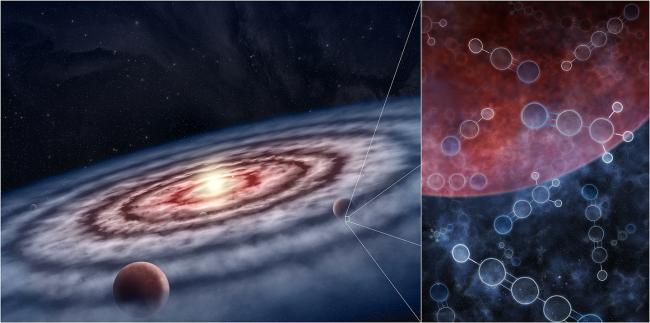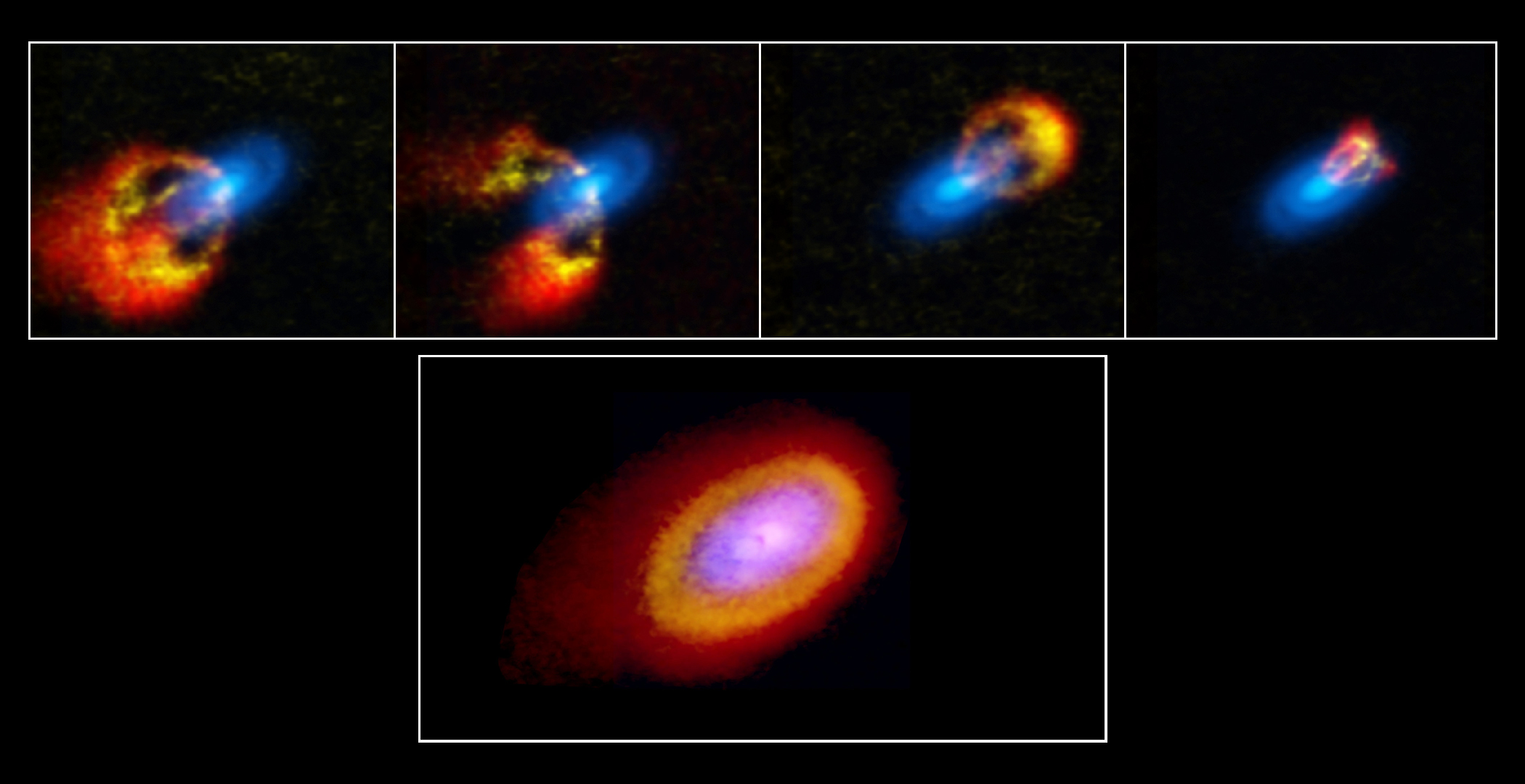
Astronomers agree that planets are born in protoplanetary disks – rings of dust and gas that surround young, newborn stars. While hundreds of these disks have been spotted throughout the universe, observations of actual planetary birth and formation have proved difficult within these environments.
Now, astronomers at the Center for Astrophysics | Harvard & Smithsonian have developed a new way to detect these elusive newborn planets — and with it, “smoking gun” evidence of a small Neptune or Saturn-like planet lurking in a disk. The results are described today in The Astrophysical Journal Letters.
“Directly detecting young planets is very challenging and has so far only been successful in one or two cases,” says Feng ...
Read More








Recent Comments